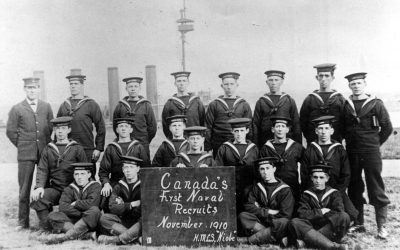A recent announcement on First Nations education proves what can be achieved by First Nations when they work together with government.
This past Friday, Prime Minister Stephen Harper made a historic education announcement, alongside National Chief Shawn Atleo of the Assembly of First Nations (AFN), on the Blood reserve in southern Alberta.
The deal announced $1.25 billion will be provided for core education improvements between 2016 and 2019, then a guaranteed 4.5 per cent annual increase thereafter. This also includes new funds for Aboriginal language and cultural instruction. In addition, there will be $500 million directed towards school repairs and new school construction over the next seven years. The federal government is also committing $160 million over a four year period to implement the changes.
These new funds are in addition to the current $2 billion the federal government spends on First Nations education.
This increased funding for First Nations education has the potential to be transformative. The addition of strong education standards will decidedly help the situation. The enormous potential that this opens for increasing the performance of Aboriginal students in the education system is undeniable. The agreement commits to some key accountability measures that ensure teachers at reserve schools will be provincially certified and the pact also requires that band schools follow the provincial curriculum.
The current rate of non-completion of high school among Aboriginal students is quite high. According to one study released by the C.D. Howe Institute in October 2013, over 60 per cent of young adults on-reserve have not completed high school. The results were also broken down by region. Manitoba had the highest rate of non-completion at almost 63 per cent. According to this study, the next highest non-completion rate was in Alberta at 54 per cent. Saskatchewan’s rate is almost 53 per cent while the rate of non-completion in Quebec was 47 per cent. Ontario is almost at 43 per cent. British Columbia’s First Nations population has the lowest rate of non-completion at 38.5 per cent.
It’s clear that something has to change.
During the announcement, Atleo emphasized that he, “was not prime minister of Indians,” alluding to his subordination to the chiefs within the AFN. The AFN’s own charter subordinates the national chief to the collective. Article 21 of the charter states that the national chief has no inherent political authority on his own, but acts mainly as a spokesperson for the AFN chiefs. Indeed, he only derives his power from the chiefs.
But, perhaps it is time the national chief had independent authority to reach deals with the federal government on other areas.
Working with the federal government certainly has advantages. Being antagonistic towards the government does not advance the AFN.
It is difficult to imagine former AFN leadership candidate Pam Palmater achieving this sort of historic deal with the federal government. In the last AFN leadership race, Palmater received runner-up status in the race to unseat Atleo. She received almost 26 per cent of the total delegate support on the final third ballot at a vote of 141 to Atleo’s 341.
Palmater, the Mi’kmaq lawyer and professor at Ryerson University, had gone to extraordinary lengths to demonize the present Conservative government and at one point during a media interview mentioned “playing with the Devil,” in referring to the Tories.
That sort of rhetoric is not helpful and likely would not have helped Palmater’s chances in reaching deals with the government had she won the recent national leadership race. One can only imagine the rejectionist rhetoric she would have employed in dealing with the government.
The historic evidence shows that a conciliatory approach between First Nations and the government is best. Witness the historic residential schools settlement achieved with the federal government under National Chief Phil Fontaine.
Atleo has shown himself to be willing to work with this present government and this has led to direct benefits for First Nations communities. The AFN, after all, under Atleo, agreed to an outcome statement from the Crown-First Nations Gathering in January 2012. That deal committed both sides to working together on a wide range of issues.
Future First Nations students and others will someday thank Atleo for his conciliatory approach.


